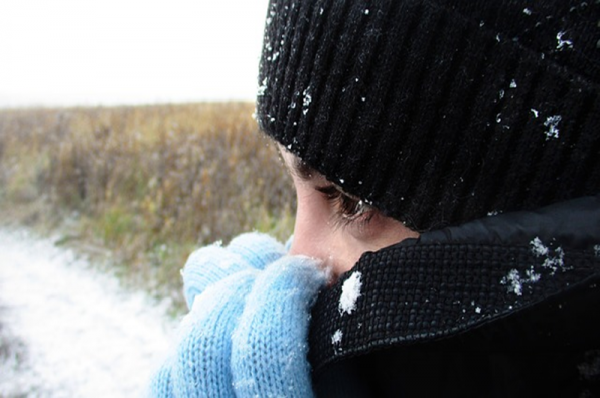
Treatment for Chilblain
Exposure to harsh winter and repeated cold causes chilblains in many. Exposure of body parts to the cold can damage tiny blood vessels (capillaries) in the skin, resulting in redness, blisters, itching and inflammation. Generally, the itching, swelling and blistering red patches may occur on the toes, fingers, ears and nose. Chilblains are a localized form of vasculitis that occurs when a predisposed individual is exposed to cold.
Symptoms of chilblains :
- Small, itchy red areas on your skin, often on your feet or hands
- Red color may turn to purple due to poor blood circulation.
- Possible blistering or skin ulcers
- Swelling of your skin
- Burning sensation on your skin
- Changes in skin color from red to dark blue, accompanied by pain and tenderness
- The blood supply to areas of skin may become very slow due to constriction in tiny blood vessels under the skin
- In some cases skin over chilblain may develop blister which may delay healing
Did you know? Chilblains most commonly affect women, children and the elderly. People whose homes are draughty and cold (not well insulated), tobacco smokers, very lean individuals, people who have chronic lupus, poor blood circulation and other blood vessels problems leads to chilblains during winter and cold season.
Chilblains in children may recur each winter for a few years and then clear up. Chilblains in elderly people have a tendency to get worse every year unless precipitating factors are avoided.
Other causes for chilblains:
- Peripheral vascular disease, due to diabetes, smoking, hyperlipidaemia
- Low body weight, or malnutrition, eg anorexia nervosa
- Hormonal changes: chilblains can improve during pregnancy and menopause
- Bone marrow disorders can increase chilblains due to weakening in immune system
Following body parts generally gets chilblain symptoms: Backs and sides of the fingers and toes, heels, lower legs, thighs, babies wrists, on any fatty lumps that are tender, nose, ears
Prevention and treatments for chilblains:
Doctors say that signs and symptoms will usually go away within a couple of weeks on their own if the patient avoids exposure to cold winter. More rarely, recovery may take months.
- Keep your hands and feet warm when you are stepping out in cold weather. Use warm gloves and socks.
- Consider using special gloves and socks that keep you more warm.
- Wear shoes that protect your feet from snow, cold and freezing rain and water.
- Do not walk bare foot on cold concrete, floor and do not stand in cold water for longtime.
- Wearing several loose layers of cloths is ideal to trap body heat.
- Keep yourself dry as much as possible.
- After being in the cold, do not heat the skin quickly with hot water or do not sit in sauna. Wait for few minutes in room temperature and then enter sauna.
- Stop smoking – as smoking makes chilblains worse. Reason for this is nicotine constricts the blood vessels.
- Some people find that placing cotton wool between their toes helps circulation.
- Avoid wearing particularly tight shoes as this can further restrict blood vessels.
- Exercise at least four times a week as this helps maintain good circulation. Vigorous indoor exercise helps in keep body warm for longer period.
- Keep your ears and neck warm – use scarf, muffler, winter caps/ hats to protect head, ear, neck.
Home remedies:
- Rubbing onion under the feet or keeping a slice of onion in the socks when going to bed.
- Consuming hot and warm food helps body to be warm.
- Apply calendula oil on the chilblain-affected parts of the body.
- To 2 Tbs of warm sesame oil, add a tsp of black pepper powder and strain the mixture. Apply this oil under feet and other parts of chilblain-affected area.
- Apply Aloe vera gel and massage the area.
- Cayenne pepper and sesame oil mix helps too. Care should be taken that if there are cracks and soreness avoid applying this mix.
- Cut and boil couple of potatoes. Cool and apply the water on the affected areas.
- Some believe Vitamin D and calcium supplements can ease symptoms, but this has not yet been scientifically proven.
Remember: Steroid creams are not recommended for chilblains anymore. Full recovery can be expected within a couple of weeks. The best method to avoid chilblains is to wrap up warm and keep body warm during cold season.
References:
- http://www.medicalnewstoday.com/
- http://www.nhs.uk/
- http://patient.info/health/chilblains
Image credit: Image by Elena Mullagaleeva from Pixabay (Free for commercial use)
Author: Sumana Rao | Posted on: December 15, 2019



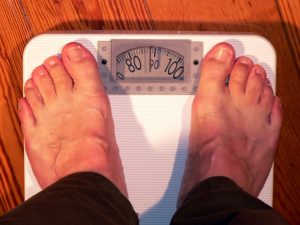
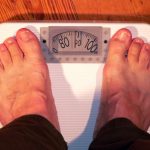



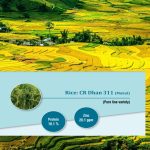






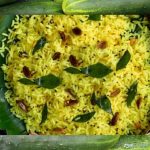
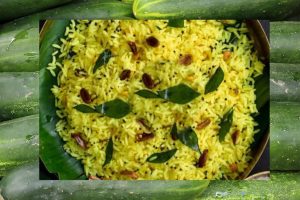
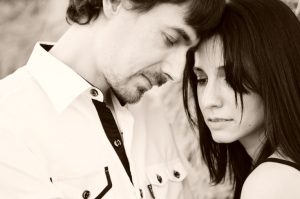


Write a comment